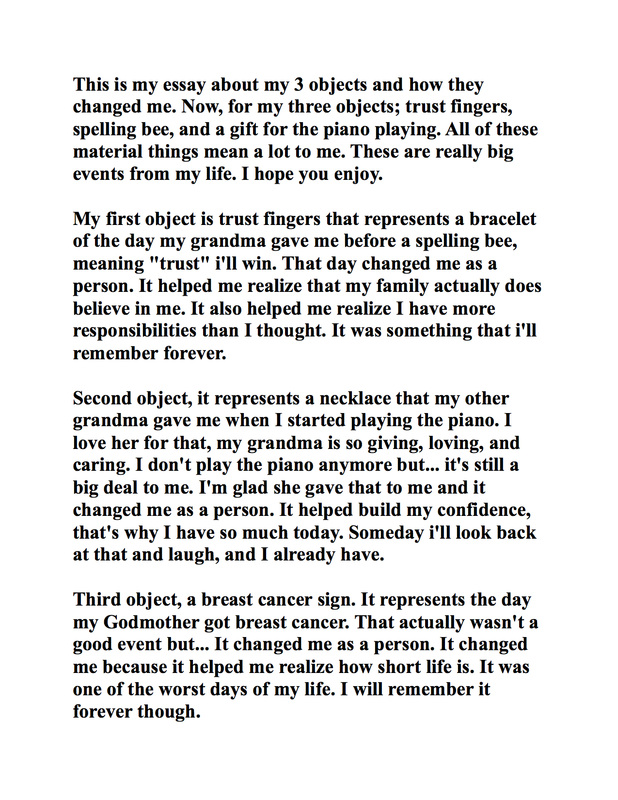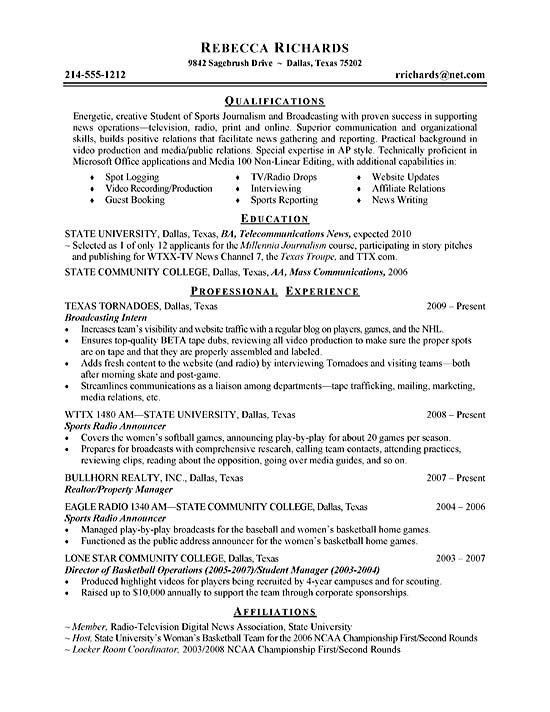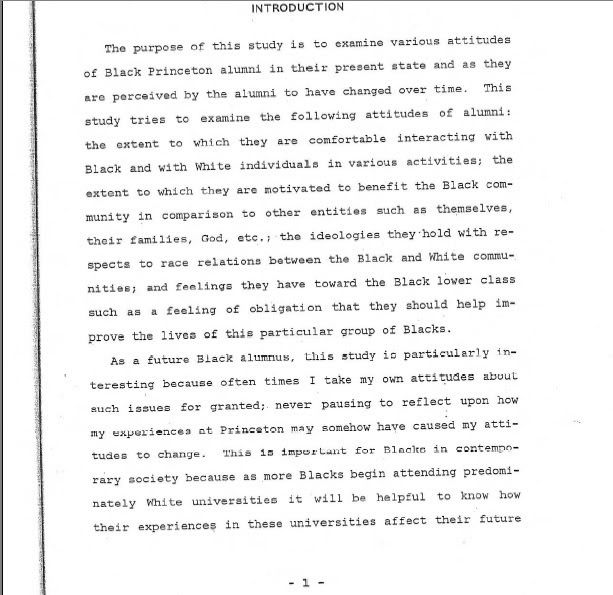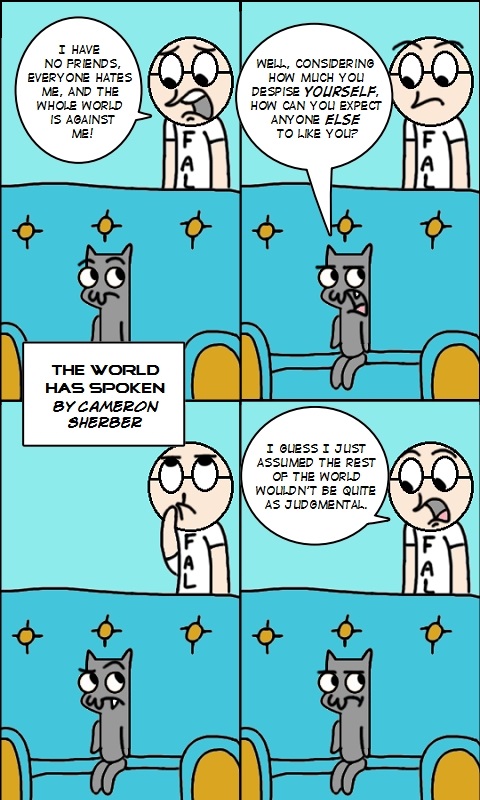A draft genome assembly of the solar-powered sea slug.
Disclaimer: The Animal Diversity Web is an educational resource written largely by and for college students.ADW doesn't cover all species in the world, nor does it include all the latest scientific information about organisms we describe. Though we edit our accounts for accuracy, we cannot guarantee all information in those accounts.
Elysia chlorotica, also called emerald green sea slug or eastern emerald elysia, species of sea slug belonging to the family Elysiidae (order Sacoglossa) and known for its ability to photosynthesize food.
Elysia chlorotica is a kleptoplastic member of the clade Sacoglossa, which are sap sucking sea slugs. As an adult, E. chlorotica obtains nutrients by consuming chloroplast cells from the alga.

Disclaimer: ITIS taxonomy is based on the latest scientific consensus available, and is provided as a general reference source for interested parties. However, it is not a legal authority for statutory or regulatory purposes. While every effort has been made to provide the most reliable and up-to-date information available.

Elysia chlorotica Gould, 1870 Common names Eastern emerald elysia in English Emerald elysia in language. Smaragd-Samtschnecke in German eastern emerald elysia in language. eastern emerald elysia in English emerald elysia in English emerald elysia in English emerald green sea slug in English Smaragd-Samtschnecke in German eastern emerald elysia.

Elysia sea slugs graze on algae and some species such as E. viridis and E. chlorotica hijack the chloroplasts for themselves. The chloroplasts end up lining the slug’s digestive tract, enabling the slugs to survive solely by photosynthesis for several months at a time.

Elysia Chlorotica is using the algae’s plastid which does not completely contain the materials that are needed to undergo photosynthesis. Instead, the photosynthesized material are only found in the algae, only a few of the materials are found in the plastid.

Prof. Matthias Schwab, Institute of Clinical Pharmacology, Stuttgart knline Variation in drug disposition elysia chlorotica classification essay response among patients is a major concern associated with many therapeutical agents used in all disciplines of medicine.

Found on submergent vegetation (Ref. 109264).The species displays poecilogonony as its reproductive strategy (Ref. 99837).

The herbivorous sacoglossan sea slug Elysia chlorotica retains functional plastids in the cells lining the digestive tract for several months in the absence of the algal prey and continues to photosynthesize (33, 35). One hypothesis proposed to explain how plastids continue to function within the slug cells in the absence of the algae is.

Global Biodiversity Information Facility. Free and Open Access to Biodiversity Data.
Elysia sea slug. Elysia chlorotica. Ever heard of a solar-powered mollusc? Well, photosynthesis plays a big part in the life cycle of the Elysia sea slug. These tiny, green molluscs are able to steal chloroplasts from their algal food source. Chloroplasts are parts of plant cells that capture energy from sunlight, and these slugs use them to.

Trench (1969) was the first to characterize the kleptoplastic (i.e. “stolen plastid”) relationship between the sacoglossan mollusc Elysia chlorotica and its algal prey (Vaucheria litorea). In contrast to E. chlorotica, which retains only the plastids of the alga in densely packed digestive tissue (Fig.



